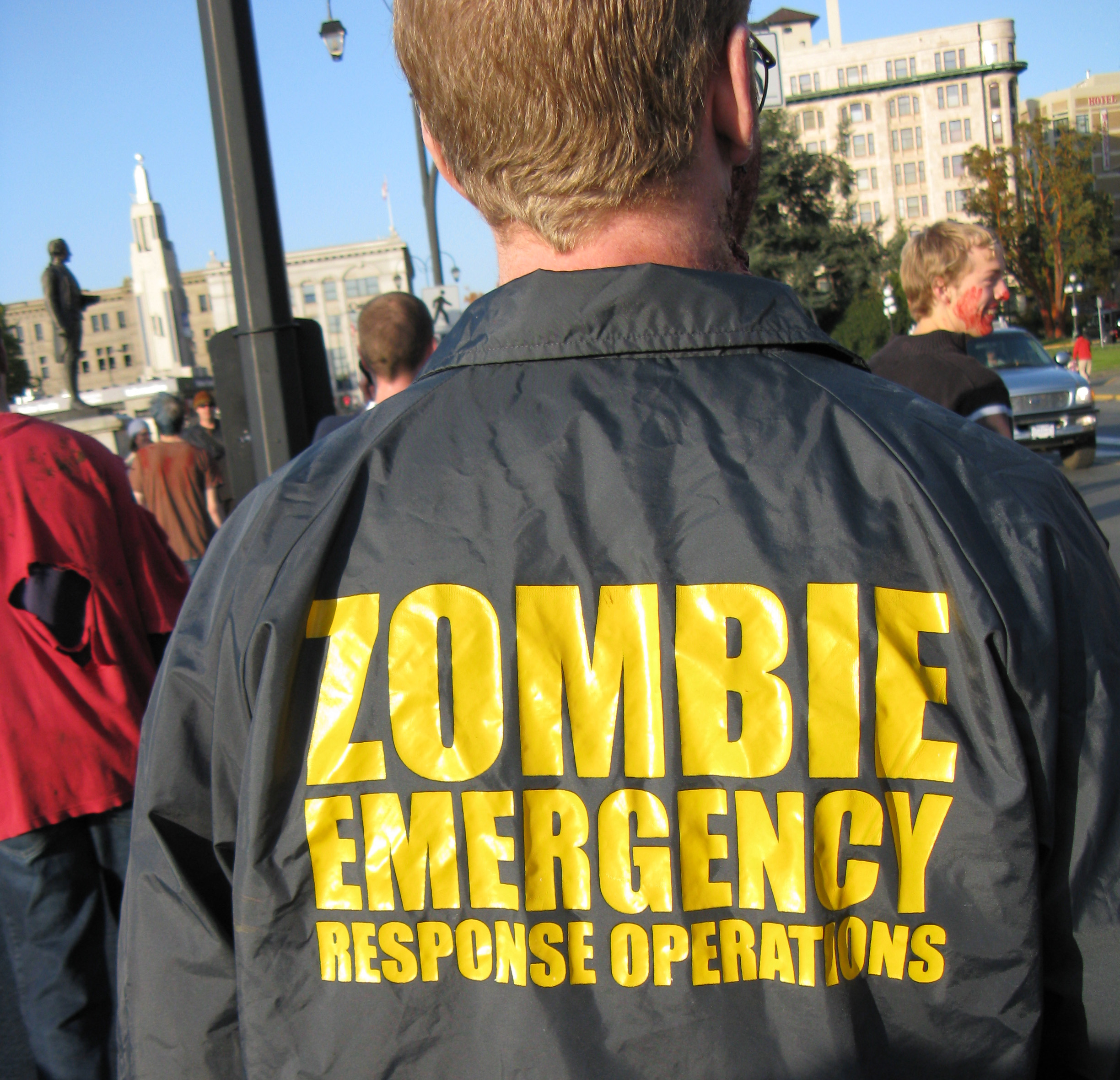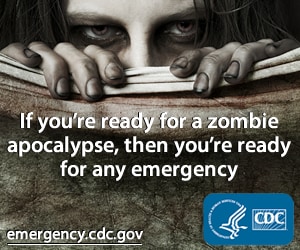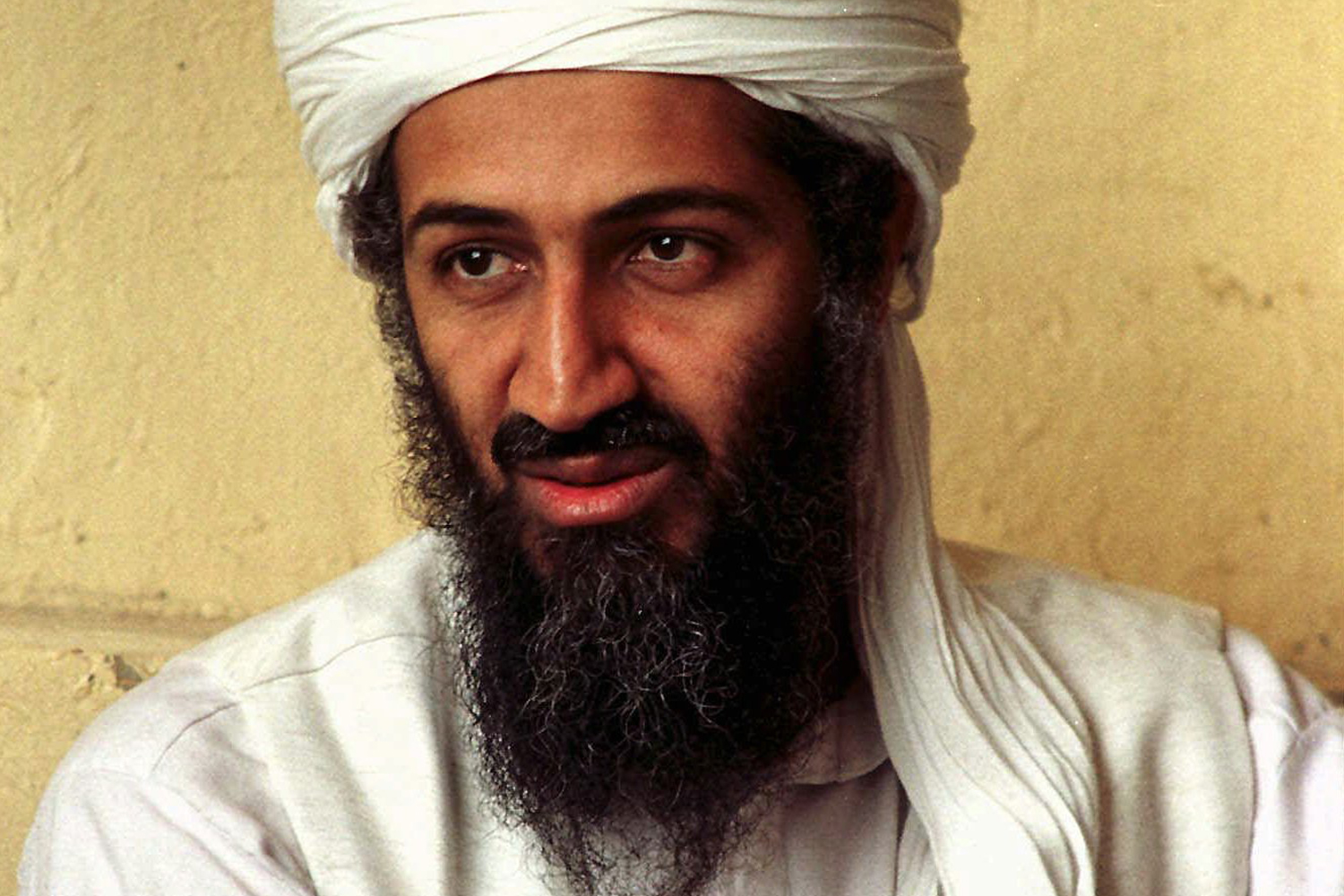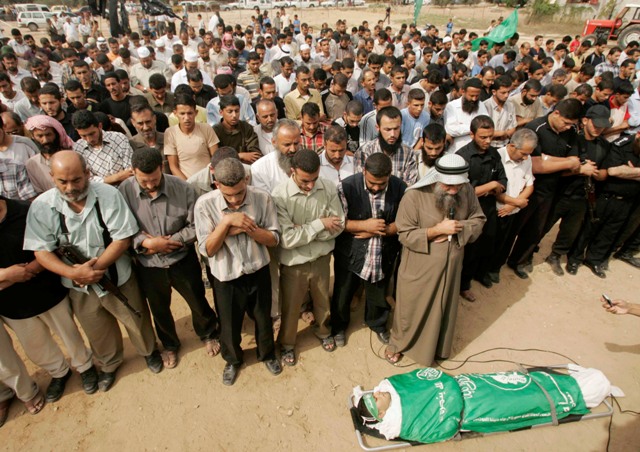QR Codes Are Appearing on (Ready for This?) Tombstones
Julio Ojeda-Zapata, TwinCities.com/Pioneer Press (May 20, 2011)
What’s the next best thing to placing flowers on your loved one’s grave marker? Teddy bears? Mylar balloons? Thanks to technology, those items are now passe. The latest way for you to pay your respects is via the QR code. The what??
A recent article in the St. Paul Pioneer Press discusses how Rochester (MN)-based Funeral Innovations is helping to spur the trend of this newly popular technology and hoping it will catch on with funeral directors and the general public.
For the uninitiated—or perhaps those without a smartphone—a QR code is a two-dimensional code readable by dedicated QR code readers and camera phones. In use in Japan since 1994, QR (or quick response) codes are now being used by various individuals, groups and businesses to promote all sorts of things. Advertising, music and business execs are using the codes to give people a value-added experience; scan the QR code and you are transported to a new layer of information about the product, artist or in the case of the funeral industry—the dearly departed.
So how does it work? Well, say Aunt Sally’s family puts one on her headstone. If your smartphone has a barcode reader app installed, you can point the camera on your phone towards the code. The camera then scans the code and relays information to your phone by taking you to a website where more information is available. Maybe it brings up Aunt Sally’s memorial service posted on YouTube or maybe it takes you to an online photo album or a page on the funeral home’s website that includes her obituary or tribute. Snazzy, huh?
QR codes have become the latest topic of discussion where I work. Ever since they made a big splash at SXSW this past year, there’s been a lot of chatter about how libraries can capitalize on this admittedly geeky but cool tech tool. At my library, we’re bandying about the idea of putting them near some of the art and architecture in our historic building. Click the code and voila—access to way more info than we can possibly squeeze onto a tiny plaque placed near the art or architectural feature. At the University of Bath for example (where Death Ref colleague John resides), they are experimenting with using the QR code to “to join up library services with the technology and equipment students use.”
While we must remain vigilant about not alienating those who cannot afford or who have no desire to own a smart phone or barcode scanner, I can see how a technology like this has the potential to be a game changer—a new way of conceiving and consuming information for the masses. But what do you think? Are QR codes the wave of the future or a gimmick best left in the digital dustbin? Let us know your thoughts.

 We at DeathRef applaud their efforts. (Dude! It’s the CDC!). But oh, dear hearts — don’t put “Social Media” in the title. We know what you’re trying to do. You’re almost there. Your constant reminders that zombie contingency plans also work for earthquakes quite nearly get in the way of the gag, but we suspect there were stuffy dinosaur overlords in heated board meetings that needed ample assurance this was relevant, useful and no joke.
We at DeathRef applaud their efforts. (Dude! It’s the CDC!). But oh, dear hearts — don’t put “Social Media” in the title. We know what you’re trying to do. You’re almost there. Your constant reminders that zombie contingency plans also work for earthquakes quite nearly get in the way of the gag, but we suspect there were stuffy dinosaur overlords in heated board meetings that needed ample assurance this was relevant, useful and no joke.
